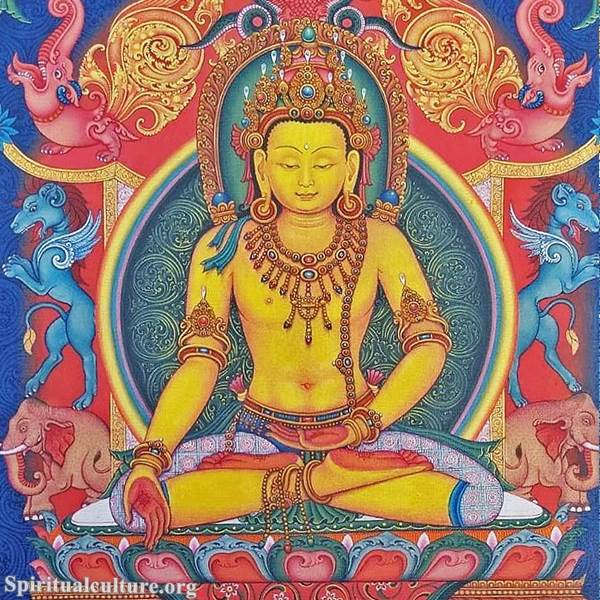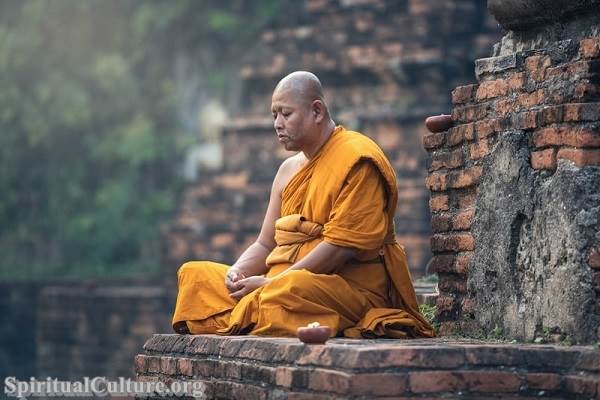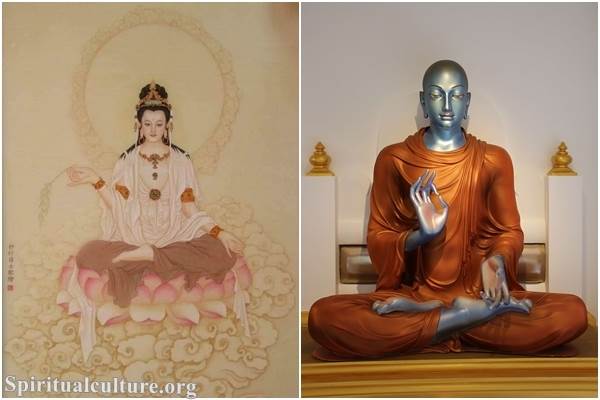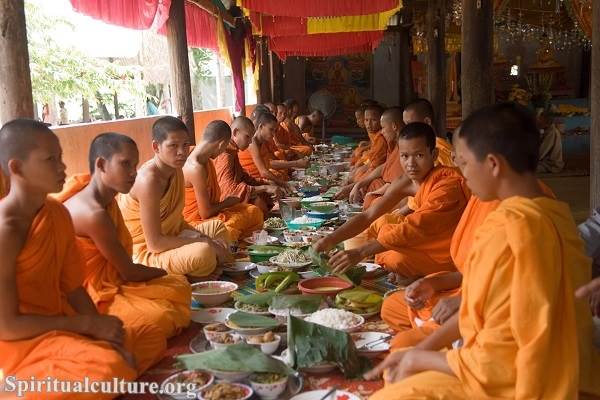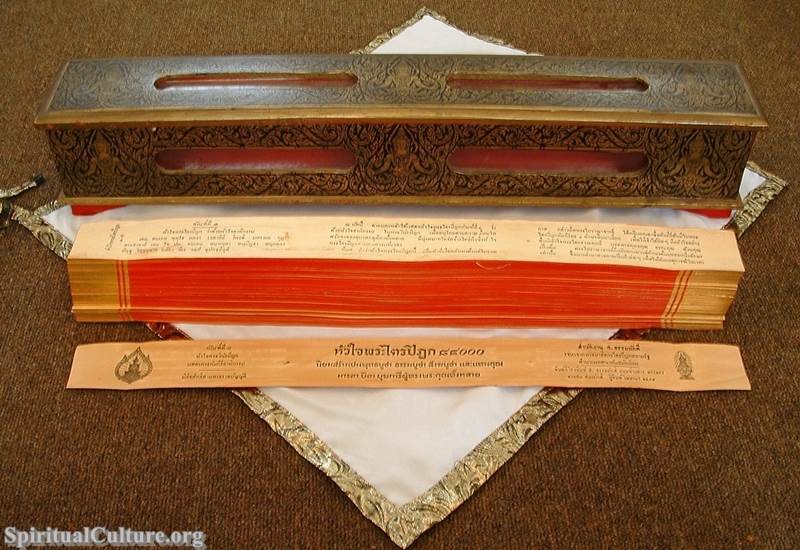Symbols have a profound way of speaking to the soul, often transcending the limitations of words. In Buddhism, symbols are not mere decorations; they are sacred gateways into understanding the nature of reality, suffering, compassion, and enlightenment. While the lotus flower and the Dharma wheel are universally recognized, the Buddhist symbolic tradition is far richer and deeper than many realize.
Today, as “Spiritual Culture,” we invite you to step beyond the familiar and journey into the living heart of Buddhist symbolism. We will explore ancient icons, hidden meanings, and the timeless messages they whisper to those who seek deeper understanding.
The Language of Symbols in Buddhism
Symbols in Buddhism serve as bridges between the seen and unseen, the temporal and eternal. They are tools of meditation, memory, and spiritual aspiration.
The Purpose of Buddhist Symbols
Unlike mere artistic motifs, Buddhist symbols are imbued with intentionality. They aim to awaken the heart and mind to higher truths.
Symbols as Teaching Tools
The Buddha himself used metaphor and symbol to convey profound teachings. The parable of the raft, the lotus blooming from the mud, the path illuminated by a lamp—each image served to make the ineffable tangible.
“Just as a candle cannot burn without fire, men cannot live without a spiritual life,” the Buddha taught, often conveying such truths through images that remain alive today.
Beyond the Lotus: Other Sacred Flowers
The lotus represents purity arising from the muddy waters of samsara (the cycle of rebirth). Yet Buddhism embraces other flowers, each with their own message.
The Udumbara Blossom: A Rare Miracle
According to Buddhist tradition, the udumbara flower blooms only once every 3000 years, heralding the appearance of a great spiritual being or a wheel-turning monarch (Chakravarti). Its rare appearance symbolizes the precious rarity of encountering the Dharma and a fully enlightened Buddha.
Reflective Thought
In a world of fleeting distractions, the appearance of truth is precious and rare. Are we ready to recognize and receive it when it blossoms before us?
Beyond the Dharma Wheel: Other Cosmic Symbols
The Dharma Wheel (Dharmachakra) represents the teaching of the Buddha and the cycle of birth, death, and rebirth. Yet it is part of a greater symphony of cosmic symbols.
The Endless Knot: Interconnectedness Beyond Time
The Endless Knot, a geometric figure with no beginning and no end, reflects the interrelation of all things. It embodies the Buddhist vision of dependent origination (Ṣūnyatā), teaching that nothing exists independently.
Real-Life Resonance
Our choices ripple across existence. Compassion for one being is compassion for the whole web of life.
The Parasol: Shelter and Protection
The parasol, often depicted in Buddhist art above the Buddha or stupas, represents spiritual protection from suffering and harmful forces. It symbolizes the shade of compassion that cools the heat of worldly desires.
Personal Reflection
Where do we seek shelter from suffering? Under worldly achievements, or under the timeless canopy of compassion and truth?
Animal Symbols in Buddhism: Guardians of Truth
Animals in Buddhist symbolism are not merely decorative; they are guardians and emblems of virtues essential to the path.
The Deer: Gentleness and Receptivity
The Buddha’s first sermon was delivered in Deer Park (Sarnath). Deer symbolize a gentle and receptive nature, qualities essential for those who would hear and practice the Dharma.
Contemplation
In a world that often prizes noise and aggression, how can we cultivate the quiet gentleness that makes the heart receptive to wisdom?
The Garuda: Overcoming Obstacles
The Garuda, a mythical bird-like creature, symbolizes the overcoming of great obstacles. In Vajrayana Buddhism, Garuda represents swift action against ignorance and harmful forces.
Application to Life
We all encounter inner and outer obstacles. The Garuda reminds us: with awareness and courage, we can rise above.
Sacred Objects and Emblems
The Vajra: Indestructible Power
The Vajra, meaning “thunderbolt” or “diamond,” represents indestructible truth and the sudden, powerful breakthrough of enlightenment. It is often paired with the bell, symbolizing wisdom and compassion together.
Life Metaphor
True strength is not brute force but unbreakable insight into reality.
The Bell: Wisdom’s Sound
The bell’s clear tone represents the sound of wisdom, calling the practitioner to awaken from the sleep of ignorance.
Personal Reflection
When truth calls, do we listen? Or do we remain lulled by the murmur of illusions?
Colors in Buddhist Symbolism: The Vibrations of Truth
Colors themselves hold deep spiritual meaning in Buddhism.
- White: Purity and spiritual transformation.
- Blue: Compassion and healing.
- Red: Vitality, life-force, and sacred power.
- Green: Balance, harmony, and protection.
- Yellow/Gold: Enlightenment, preciousness, and rootedness in the earth.
Each color vibrates with an aspect of the awakened mind.
Real-World Practice
Meditating on specific colors can awaken these qualities within. For example, visualizing blue light can foster healing compassion toward oneself and others.
Numbers in Buddhist Symbolism
Numbers also carry symbolic weight:
- Three Jewels: Buddha, Dharma, Sangha
- Four Noble Truths: The foundation of Buddhist understanding
- Eightfold Path: The way to liberation
- Twelve Links of Dependent Origination: The chain of existence
Each number weaves a path, not of rigid dogma but living invitation.
Inner Reflection
Where are we on the path? Are we moving with mindful steps or wandering unaware?
Sacred Architecture as Symbolism
Buddhist stupas, temples, and monasteries are themselves symbolic landscapes.
The Stupa: Universe in Miniature
A stupa’s base, dome, spire, and canopy mirror the elements and path to enlightenment. Walking around a stupa symbolizes traversing the path toward awakening.
Embodied Contemplation
To walk the path outside mirrors the deeper walk within—each step a movement toward liberation.
Mantras and Sacred Syllables
The vibrational power of sound is central in Buddhist practice.
Om Mani Padme Hum
This most famous mantra invokes compassion (Avalokiteshvara). Each syllable purifies a specific aspect of being, guiding the soul toward complete awakening.
Reflection for Daily Life
The mantra reminds us: compassion is the jewel in the lotus of the heart.
Integrating Buddhist Symbols into Our Lives
Symbols are not relics of an ancient past; they are living tools for the modern seeker.
Mindful Practices
- Wear a symbol not as ornament but as a prayer.
- Meditate on a symbol, letting its meaning soak into the soul.
- Create sacred space with symbols that call you back to your highest self.
An Inner Commitment
The true power of a symbol lies not in being seen, but in being lived.
Reflect and Reimagine
Buddhist symbols are invitations, not ends in themselves. They point beyond themselves to universal truths—awakening, compassion, interconnection, and liberation.
As you encounter these sacred emblems, consider: what symbols guide your own journey? What unseen truths are they calling you to embody?
May the sacred language of symbols inspire you to walk more mindfully, love more fully, and awaken more deeply.
The invitation is eternal. The journey is now.
With you in spirit,
Spiritual Culture
